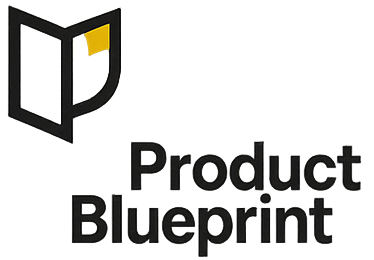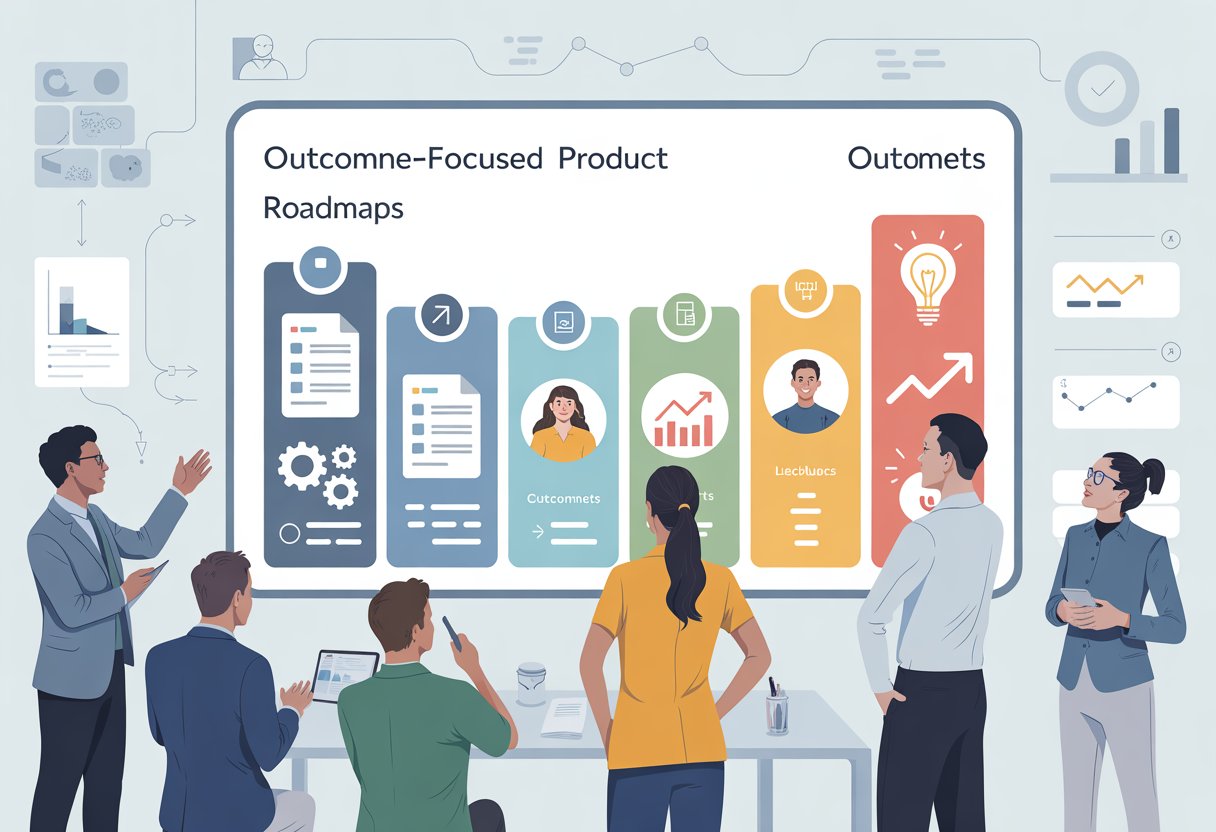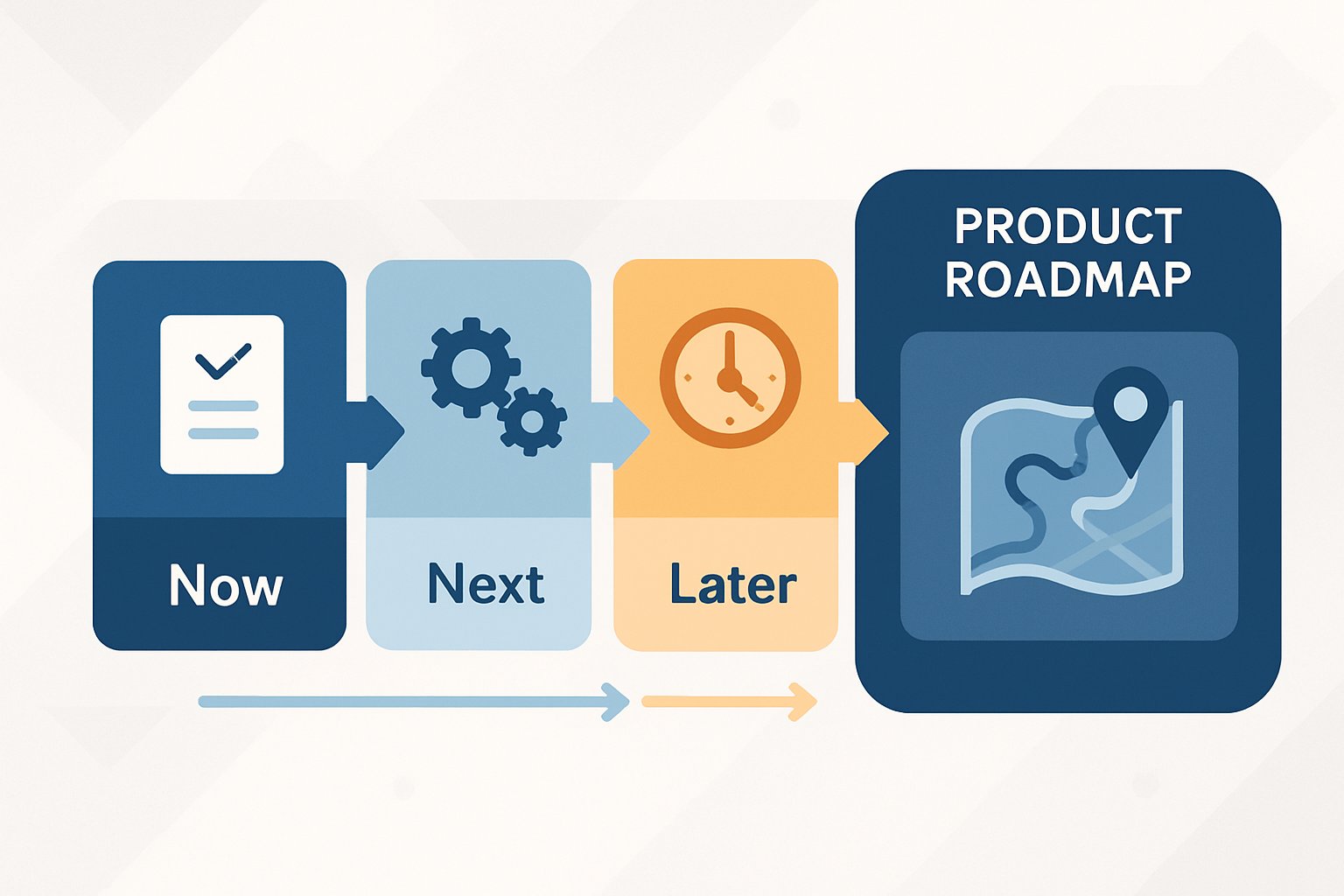Understanding Outcome-Focused Product Roadmaps
Outcome-focused product roadmaps move teams away from just building features. Instead, they push us to solve customer problems and meet real business goals.
This mindset changes how we plan and define success. It also shapes how we decide what to build next.
Definition and Key Principles
An outcome-focused roadmap organizes work by the results we want, not just a list of features. We shift our attention to customer behavior, business metrics, and real problem-solving.
We stop obsessing over deliverables and start caring about what actually changes for users and the business.
Key principles guide this approach:
- Customer value first – We focus on work that brings clear value to users.
- Business goal alignment – Every project connects to a business objective.
- Problem-focused thinking – We define the problem before jumping to solutions.
- Metric-driven decisions – We use data to check our approach and measure progress.
Traditional roadmaps just list features and release dates. Outcome-focused ones list goals and how we’ll measure success.
For example, we might say “increase user engagement by 25%” instead of “build new dashboard feature.”
Planning conversations sound different too. We ask, “What problem are we solving?” and “How will we know if we succeed?” before discussing what to build.
Benefits Over Output-Focused Roadmaps
Output-focused roadmaps often lead to features no one uses. They rarely move the needle on business metrics.
Outcome-focused roadmaps provide these advantages:
| Benefit | Impact |
|---|---|
| Better alignment | Teams know why they’re building something |
| Increased flexibility | We can change tactics but keep goals steady |
| Clearer success metrics | We know what good results actually look like |
| Reduced waste | We skip building features that don’t create value |
Focusing on outcomes helps us make smarter trade-offs. If something’s not moving our target metrics, we can shift gears fast.
Teams feel more motivated because they see how their work impacts real users and business results.
Common Misconceptions
Teams sometimes struggle with outcome-focused roadmaps because of a few common myths.
“We can’t give stakeholders concrete timelines” – Not exactly true. We can estimate how long outcomes might take by looking at past data and running experiments.
“Outcomes are too vague for development teams” – Good outcome-focused roadmaps use clear, measurable targets. For example, “Increase trial-to-paid conversion by 15% within 3 months” gives solid direction.
“We still need to plan features” – Sure, but we treat features as experiments to reach our outcomes. The feature list stays flexible, while the outcome doesn’t change.
“This approach takes longer” – Actually, outcome-focused roadmaps usually get results faster because we avoid building the wrong things. We ship small experiments and learn as we go.
Some teams worry that outcome-focused means less planning. In reality, we just plan smarter by starting with the most important problems.
Shifting from Outputs to Outcomes
Traditional teams track features shipped and tasks finished. This can lead to busy work instead of real business results.
To build products that matter, we need to measure customer value and business impact.
Challenges with Traditional Output-Driven Approaches
Output-focused teams celebrate launching features. They measure success by deployments, story points, or tickets closed.
But this misses the bigger picture. Features alone don’t guarantee value.
We can build a product with dozens of new features and still see no growth in engagement or revenue.
Output metrics push teams to rush through tasks, often at the expense of solving real problems.
Common output-focused mistakes include:
- Choosing easy features over important ones
- Building without checking user needs
- Celebrating launches, not adoption
- Measuring productivity by velocity only
This leads to feature bloat. Products become cluttered and confusing, making it tough for users to find value.
Aligning Teams Around Desired Results
Outcome-focused teams start with clear business goals. They decide what results to target before picking what to build.
This brings alignment across roles and departments. Everyone knows what they’re working toward.
Strong outcomes are measurable and time-bound. Instead of “improve user experience,” we say “increase daily active users by 15% in Q3.”
Linking product work to business metrics like revenue and retention helps teams make better choices.
Effective outcome alignment requires:
- Regular check-ins on goal progress
- Shared dashboards for key metrics
- Clear ownership of each outcome
- Flexibility to change tactics if results lag
When everyone shares outcome goals, collaboration gets easier. Engineers know why features matter, designers focus on behavior changes, and marketing lines up campaigns with launches.
The Importance of Outcome Thinking
Outcome thinking changes our approach to product decisions. Every idea gets tested against business goals.
Teams keep asking, “Will this move our key metrics?” before starting work.
This mindset encourages experimentation. We try different approaches, run small tests, and value quick feedback over perfect launches.
Outcome thinking benefits include:
- Faster learning about what works
- Smarter resource allocation
- Stronger customer focus
- Clearer measurements of success
Focusing on outcomes sparks more creativity. Instead of sticking to a set list, teams explore new ways to get results.
It also helps with stakeholder communication. Business leaders understand progress better when we report on metrics that matter.
Setting Effective Outcomes
Good outcomes drive product choices and show real business value. Teams need outcomes they can measure, understand, and act on.
Defining Measurable Outcomes
Measurable outcomes need clear numbers and time frames. Teams should pick metrics they can track every week or month.
Strong outcome examples:
- Increase user retention by 15% in Q3
- Reduce customer support tickets by 25% in 6 months
- Boost conversion rate from 2.1% to 3.0% by December
Weak outcomes use words like “improve” or “enhance” without specifics. Those don’t help teams aim for anything concrete.
Each outcome should tie back to a business goal. That way, teams see why their work matters.
One person owns each outcome and tracks progress, sharing updates with the team every week.
Outcome vs. Output Metrics
Output metrics count what we build. Outcome metrics measure what happens because of what we build.
| Output Metrics | Outcome Metrics |
|---|---|
| Features shipped | User engagement increase |
| Story points completed | Revenue growth |
| Code commits made | Customer satisfaction score |
| Bug fixes deployed | Support ticket reduction |
Outputs are easy to track but don’t show real business value. Shipping lots of features doesn’t mean we’re winning.
Outcomes take longer to measure but show true impact. They connect our work to business results.
We should keep an eye on both, but make decisions based on outcomes. That keeps teams focused on what matters for users.
Prioritizing Business and User Impact
We rank outcomes by how much they could impact revenue and users. The highest-impact ones get our attention first.
Business impact questions:
- How much revenue could this bring in?
- Will this lower our costs?
- Does this help us keep customers longer?
User impact questions:
- How many users will this help?
- Will this solve a big user problem?
- Does this make the user experience better?
We use a simple 1-10 scoring system for each question. Multiply business and user scores to get a priority rank.
High scores on both fronts mean the outcome is a top priority. That’s where we focus team energy.
Strategic Planning for Outcome-Focused Roadmaps
To build outcome-focused roadmaps, we have to link product strategy to real business results. That means getting everyone aligned around shared goals and keeping plans flexible as things change.
Connecting Product Strategy to Outcomes
We translate big business objectives into specific, measurable outcomes. That means moving past feature lists and focusing on what we want to achieve.
First, we identify the core business problems our product should solve. Then, we write outcome statements with metrics and timeframes.
So instead of “build user dashboard,” we say “increase user engagement by 25% within six months through improved data visibility.”
Key outcome categories include:
- Customer satisfaction metrics
- Revenue growth targets
- User engagement improvements
- Operational efficiency gains
Each strategic initiative should map to at least one measurable outcome. That way, we can see exactly why each project matters to the business.
We document these links in a simple table showing strategy, outcome, and success metrics for every initiative.
Stakeholder Alignment Techniques
Getting everyone on board takes real conversations about priorities and trade-offs. We use a few go-to techniques for building consensus.
Outcome prioritization workshops bring stakeholders together to rank outcomes by business impact and feasibility. Dot voting or ranking exercises help disagreements surface early.
Regular alignment check-ins—just 30 minutes a month—help us review progress and tweak priorities.
We build stakeholder maps showing who owns each outcome and who’s affected by changes. This keeps surprises to a minimum and helps buy-in stick.
Simple dashboards show progress toward each goal. We share them weekly with everyone involved.
If conflicts pop up, we come back to the business case for each outcome. Data-driven chats keep things less emotional and more productive.
Mapping Outcomes to Business Goals
Every outcome on the roadmap should tie back to a business goal. We build clear logic chains showing how product work drives results.
Start with company-level goals like revenue or market expansion. Break them into smaller, product-specific outcomes we can directly affect.
Use this mapping structure:
- Business Goal → Product Outcome → Key Metrics → Success Criteria
For revenue, maybe we focus on increasing conversion, reducing churn, or boosting deal size. Each links to a specific product capability.
We lay out these connections in outcome maps so teams see how their work fits the bigger picture.
Review these mappings every quarter. Business priorities shift, and our outcome links need to keep up.
Building Flexibility Into the Roadmap
Rigid roadmaps just break when priorities shift. So, we design ours to keep an eye on outcomes but let teams adapt how they get there.
Time-based flexibility means we set targets for quarters, not exact dates. Teams get breathing room to adjust timelines after learning new things or getting feedback.
For solution flexibility, we define the goal but don’t dictate the method. Teams can try different approaches as long as they nail the outcome.
We use priority buckets instead of strict sequences. Grouping related outcomes into themes lets us shuffle priorities as new info or market changes roll in.
We set regular review points to pause and check progress. If something needs attention, we can quickly redirect effort to what matters most. Monthly reviews usually work for most teams.
Our roadmaps have contingency outcomes ready if main goals get blocked or become irrelevant. That way, teams don’t get stuck when plans go sideways.
Implementation Frameworks and Tools
Outcome-focused roadmaps need structure and the right tech. Frameworks like RICE and ICE help us pick what to build based on impact, not just what’s easy. OKRs give us clear targets that tie product work to business results.
Popular Outcome-Oriented Frameworks
The RICE Framework lets us score ideas using four factors: Reach (how many users), Impact (business effect), Confidence (how sure we are), and Effort (resources needed). We combine these into a priority score by dividing the first three by effort.
ICE Scoring is simpler—just Impact, Confidence, and Ease, all rated 1-10. It’s fast and doesn’t need fancy math.
Value vs. Effort Matrix puts initiatives on two axes. Quick wins are high-value, low-effort. Big projects with high value and high effort need more planning.
| Framework | Best For | Time Investment | Complexity |
|---|---|---|---|
| RICE | Large backlogs | Medium | High |
| ICE | Quick decisions | Low | Low |
| Value/Effort | Visual planning | Low | Medium |
The Kano Model sorts features by user satisfaction. Basics prevent unhappiness. Performance features boost satisfaction in proportion. Delighters are those little surprises users love.
Leveraging OKRs in Roadmapping
OKRs tie features to business outcomes we can measure. Each Objective says what we want to achieve. Key Results spell out how we’ll know we got there, with numbers attached.
We start by matching roadmap initiatives to company OKRs. Then, product OKRs break down into team goals. This keeps everyone’s work connected to the bigger picture.
Quarterly OKR cycles usually line up with roadmap planning. We pick 3-5 Key Results per Objective, using metrics like revenue, engagement, or cost savings.
People often trip up by setting too many objectives or fuzzy measurements. We stick to 2-3 Objectives max and use real numbers with deadlines.
Progress tracking happens weekly in team check-ins. We score Key Results from 0.0 to 1.0. Hitting 0.6-0.7 usually means we’re doing well.
Utilizing Visual Roadmap Tools
Timeline roadmaps show features by quarter or month. We use swim lanes for different teams or product areas. This style works well for exec updates.
Now-Next-Later roadmaps skip specific dates but show what’s current, what’s up next, and what’s further out. “Now” is this quarter, “Next” is coming soon, and “Later” is for future ideas.
Popular tools? ProductPlan, Roadmunk, and Aha! They connect with Jira or GitHub, update progress automatically, and ping stakeholders when things move.
Outcome-focused templates put goals front and center. For each initiative, we add metrics, target users, and the problem statement. That keeps teams aiming for results, not just ticking boxes.
Free tools like Miro or Figma can work for smaller teams. We make custom templates with outcome tracking. They’re flexible, but you’ll need to update them by hand.
Roadmap Communication and Buy-In
Outcome-focused roadmaps only work if people see how their work connects to results. Teams need stories that show the value they create, and stakeholders want regular updates on progress.
Storytelling for Outcome Alignment
We need to tell stories that tie daily work to real business outcomes. When people see why their tasks matter, they care more about the results.
Start each roadmap talk with the customer problem. Use real quotes and data to highlight the pain points. It helps everyone connect emotionally to the work.
Next, show how our planned outcomes will fix these problems. Be concrete about the changes customers will notice. For example, “Customers will check out 40% faster” beats “We’ll improve checkout.”
Key story elements:
- Current customer pain points
- Desired future state with metrics
- How our work bridges the gap
- Timeline for achieving outcomes
Wrap up by linking improvements to business impact. Show how happier customers mean more revenue or lower costs. Stakeholders want to see that their investment pays off.
Engaging Teams and Stakeholders
We have to bring teams and stakeholders into roadmap planning if we want buy-in. People support what they help create.
Hold monthly roadmap workshops with cross-functional teams. Engineers and designers can help define outcomes and spot technical blockers or hidden opportunities.
Set up stakeholder reviews each quarter. Share progress toward outcomes, not just feature lists. Use dashboards with leading and lagging indicators for each goal.
Engagement tactics:
- Monthly team workshops
- Quarterly stakeholder reviews
- Outcome-focused dashboards
- Regular feedback sessions
Ask pointed questions during these sessions. “How will we measure this?” and “What could block us here?” spark better conversations than just asking about priorities.
Document decisions and why we made them. Share notes within a day so everyone remembers what they agreed to.
Transparency and Reporting Practices
We need honest reporting on progress. When people see the real story, they trust the process and can adjust if things go off track.
Build weekly outcome scorecards with clear metrics. Use red, yellow, green indicators for quick reads. Add qualitative insights too, not just numbers.
Share wins and misses openly. If we miss a target, explain what we learned and how we’ll change course. That shows we’re serious about accountability.
Reporting elements:
- Weekly outcome scorecards
- Monthly trend analysis
- Quarterly strategy adjustments
- Annual outcome retrospectives
Hold monthly all-hands to review roadmap progress. Spend most of the time on outcomes, not just outputs. This keeps the focus on what matters.
Use simple graphs to show progress. Skip complicated charts—line graphs tracking targets usually do the trick.
Continuous Improvement and Measurement
We need systems to see if our roadmap delivers real value. Regular reviews and updates keep us aligned with shifting markets and new data.
Tracking Progress on Outcomes
We define clear metrics before we start building. These tell us if we’re actually moving toward our goals.
Leading indicators show early if we’re on the right path—things like engagement or adoption rates. Lagging indicators are the end results, like revenue or retention.
We track both. Leading indicators let us adjust fast. Lagging ones confirm if we succeeded long-term.
| Metric Type | Examples | Review Frequency |
|---|---|---|
| Leading | Daily active users, conversion rates | Weekly |
| Lagging | Revenue, customer lifetime value | Monthly/Quarterly |
Dashboards with real-time metrics help us spot issues early and celebrate wins right away.
Iterative Review Processes
We check roadmap progress every month or quarter. These reviews keep us focused on outcomes, not just shipping features.
Our meetings need a clear agenda. We look at which metrics improved, which didn’t, and what we learned from releases.
We always ask:
- Are we hitting our targets?
- What surprised us?
- Should we change direction?
Stakeholders from different teams join these reviews. Product managers, engineers, designers, and business folks all bring something to the table.
Each review ends with decisions. We might keep going, pivot, or stop things that aren’t working.
Adapting Roadmaps Based on Learnings
Data sometimes tells us to change course. We need ways to update the roadmap without throwing teams into chaos.
If metrics disappoint, we dig into user behavior. Maybe we run interviews or check usage patterns. That helps us figure out where we went wrong.
We make small pivots monthly, saving bigger changes for quarterly cycles.
Our roadmap shows confidence levels for each initiative. High-confidence gets more resources. Low-confidence starts as a small experiment.
We explain changes clearly to stakeholders, sharing what we learned and why we’re adjusting. That builds trust.
Overcoming Common Pitfalls
Teams hit the same snags again and again when switching to outcome-focused roadmaps. It’s almost predictable at this point.
The biggest mistake? Rushing the change. Teams try to switch from outputs to outcomes overnight, which just confuses everyone and leads to pushback.
Take it slow. Start with one team or product. Test the new way for a few weeks before rolling it out wider.
Another classic problem: picking the wrong metrics. Teams choose metrics that are too hard to measure, don’t tie to business goals, or change all the time.
- Too hard to measure
- Not connected to business goals
- Changed too often
Stick to 2-3 simple metrics that matter to customers and the business. Keep them for at least a quarter.
Many teams forget to bring in stakeholders early. If leaders don’t get it, they keep asking for feature lists and deadlines.
Explain the benefits. Show how outcome-focused planning leads to better results. Share stories from teams who’ve pulled it off.
Poor communication can kill outcome-focused roadmaps. Teams stop sharing updates, thinking outcomes speak for themselves, but that just leaves stakeholders out of the loop.
Communicate more, not less. Share metric progress weekly. Explain what you learned and what’s next.
The last pitfall? Giving up too soon. It takes time to see results. Teams often get impatient and switch back to the old way.
Stick with it for at least three months to see real benefits.
Case Studies: Real-World Outcome-Focused Roadmaps
Spotify shifted from feature-heavy releases to user engagement outcomes. They quit tracking how many new features they built each quarter.
Instead, they measured time spent listening and user retention. This change pushed them to focus on what actually kept users happy.
Airbnb moved away from counting website updates. They started tracking booking completion rates and host satisfaction scores.
Their roadmap now centers on a few key metrics:
- Guest booking success rate
- Host response time
- Platform trust scores
Microsoft Teams changed their approach during the remote work boom. They stopped measuring feature deployments and started tracking meeting quality.
User satisfaction jumped 40% when they focused on call stability instead of new buttons. That’s a pretty big shift.
Netflix uses viewing time and content completion rates to guide product decisions. They don’t just toss in new streaming features.
They look at what keeps people watching. This outcome focus helped them outpace competitors who obsessed over technical features.
Slack tracks message engagement and team collaboration metrics. Their roadmap prioritizes features that spark more daily conversations.
Across these examples, companies measure user behavior instead of internal metrics. It’s less about feature counts and more about real business results.





